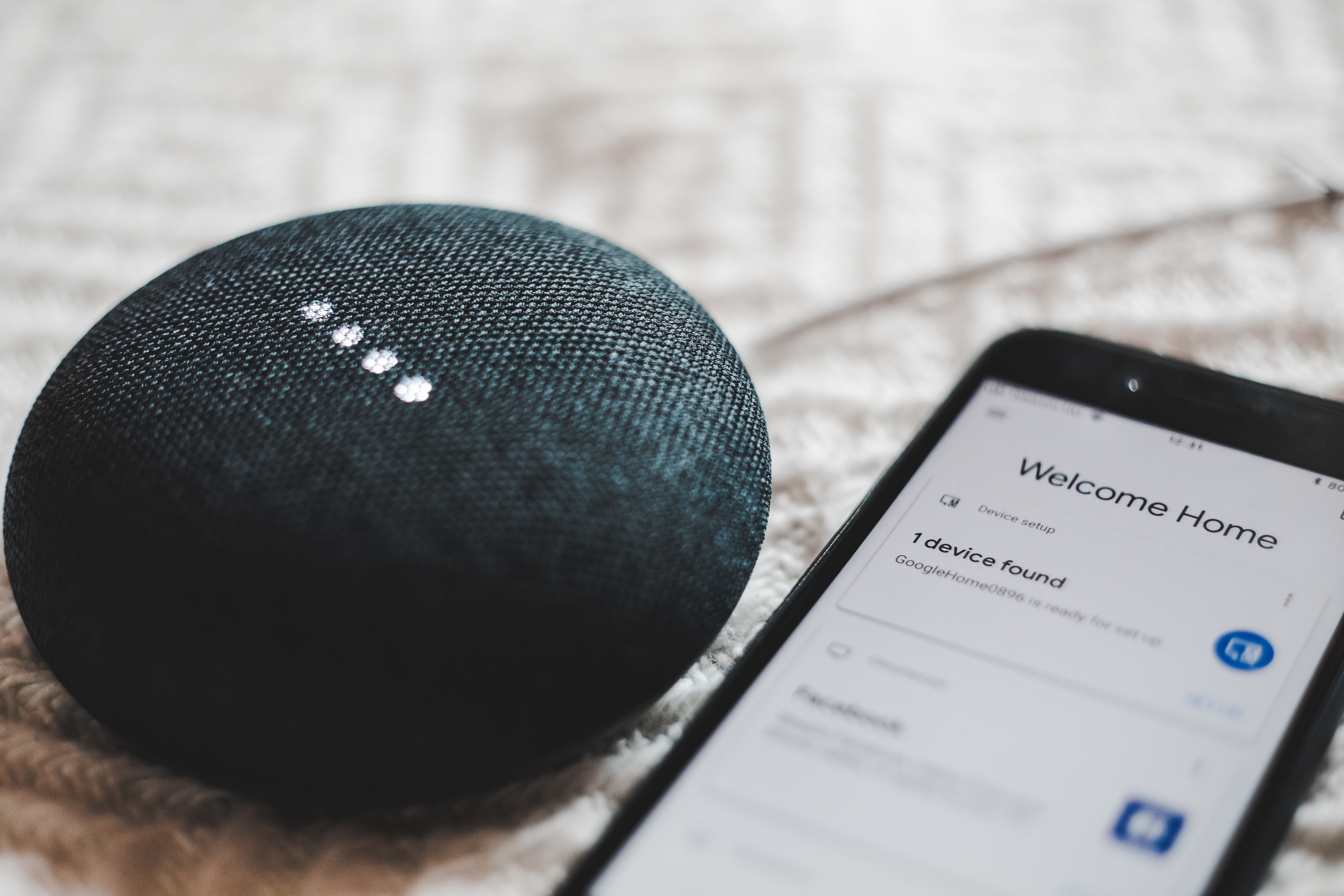This graduation opportunity is now closed!
Context
Voice assistants, embedded in smart speakers and smartphones, intend to simplify our lives by allowing us to ask for information, or assistance, and control other smart home devices via voice commands or questions. Examples of devices integrating voice assistants include Amazon Alexa, Apple’s Siri, and Google Home. Voice assistants use Artificial Intelligence (AI) to recognize and respond to voice commands. For this, developers require large datasets to train the models, however this process could introduce an unconscious bias leading voice assistants not to understand everyone’s voices equally. An important step towards reducing bias in these models is to have a diverse dataset, representing different dialects, and genders. However, even though voice assistants are widely deployed, there are only a few publicly accessible datasets representing diverse speakers. Consequently, it is not possible for developers outside big data-driven companies to develop their own models, or to assess how well existing applications work for diverse speakers.
Project
In this project you will create a public installation on TU Delft campus. The goal of this installation is twofold. First, to raise awareness on the unconscious bias on smart assistants. Second, to invite staff and students to participate in and share (e.g., on social media) a data donation campaign. You will get to design and prompt potential interactions between people and a Google Home smart assistant.
Student Profile
You are curious and eager to embrace complexity. You are interested in technology, persuasive design, and communication. You feel comfortable creating installations and displays and using methods such as journey mapping, personas, cultural probes, and prototyping.
Outcome and Evaluation
You are expected to design, prototype, and evaluate, through predefined metrics, a public installation on the TU Delft campus prompting people to interact with a Google Home device.
Literature to Get Started
- D. Pins, T. Jakobi, A. Boden, F. Alizadeh, and V. Wulf, “Alexa, We Need to Talk: A Data Literacy Approach on Voice Assistants,” in Designing Interactive Systems Conference 2021, Jun. 2021, pp. 495–507, doi: 10.1145/3461778.3462001.
- N. Abdi, X. Zhan, K. M. Ramokapane, and J. Such, “Privacy Norms for Smart Home Personal Assistants,” 2021, pp. 1–14, doi: 10.1145/3411764.3445122.
- A. Skatova and J. Goulding, “Psychology of personal data donation,” PLoS One, vol. 14, no. 11, pp. 1–20, 2019, doi: 10.1371/journal.pone.0224240.
- P. Hummel, M. Braun, and P. Dabrock, Data Donations as Exercises of Sovereignty, vol. 137. 2019.
- B. Maus, D. Salvi, and C. M. Olsson, “Enhancing citizens’ trust in technologies for data donation in clinical research: Validation of a design prototype,” ACM Int. Conf. Proceeding Ser., 2020, doi: 10.1145/3423423.3423430.
What is Designerly Data Donation?
Designerly data donation is an approach for data collection in-the wild, where people are invited to contribute to research and design projects through their personal data and insights.
Contact
For more information and application, please get in touch with Alejandra Gomez Ortega.
